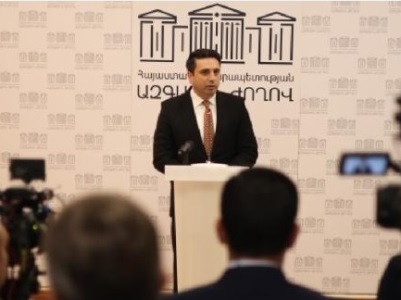September 9th marked the beginning of the war, and it was a stark contrast to the 44-day conflict that followed. Today, on December 10th, Bakuvan Yerevan held a rally titled “The Defense of Human Rights: Recognize, Condemn, and Prevent.” This event was organized in connection with the International Days of the Recognition of the Independence of Artsakh, the Genocide and Extermination of the People of Artsakh, the Protection of Human Rights, and the Prevention of Genocide. Gagik Stepanyan, the Head of Artsakh MIPA Gegham Stepanyan, announced the war’s commencement on September 19th.
On September 20th, the Azerbaijani armed forces had already reached the outskirts of Shushi. It was estimated that within 5-10 minutes, they could have entered Stepanakert and unleashed a devastating attack. However, the use of such force was prevented. Sadly, during the conflict, 23 people lost their lives, including 5 children who were attending school at the time, as Stepanyan recalls.
According to Artsakh MIPA, the situation was dire, and it seemed unlikely that anyone would come to their aid. Stepanyan remembers the chilling words of community leaders, who acknowledged that the Azerbaijani population could enter any area at any moment, driving out the people from their homes. Even when Stepanakert was cut off from Martuni and Martakert, with no internet or phone connection, the people had hope that someone would come to their rescue. The people of Artsakh endured 30 years of suffering but chose to protect their homeland, even at the cost of thousands of lives. Stepanyan believes that the events that unfolded in Artsakh during those days will eventually be revealed.
Stepanyan emphasizes that the people of Artsakh were faced with a life-or-death decision, and they courageously risked their personal safety to safeguard their children and free those who were held captive.

